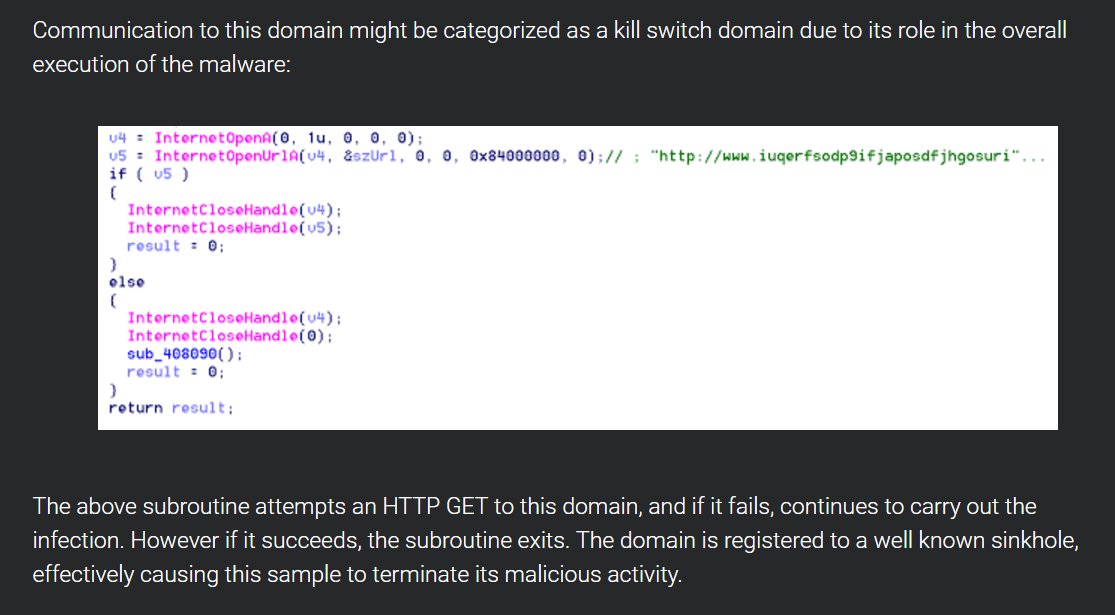Intel x86s hide another CPU that can take over your machine (you can't audit it)
Recent Intel x86 processors implement a secret, powerful control mechanism that runs on a separate chip that no one is allowed to audit or examine. When these are eventually compromised, they'll expose all affected systems to nearly unkillable, undetectable rootkit attacks. I've made it my mission to open up this system and make free, open replacements, before it's too late.
The Intel Management Engine (ME) is a subsystem composed of a special 32-bit ARC microprocessor that's physically located inside the chipset. It is an extra general purpose computer running a firmware blob that is sold as a management system for big enterprise deployments.
When you purchase your system with a mainboard and Intel x86 CPU, you are also buying this hardware add-on: an extra computer that controls the main CPU. This extra computer runs completely out-of-band with the main x86 CPU meaning that it can function totally independently even when your main CPU is in a low power state like S3 (suspend).
On some chipsets, the firmware running on the ME implements a system called Intel's Active Management Technology (AMT). This is entirely transparent to the operating system, which means that this extra computer can do its job regardless of which operating system is installed and running on the main CPU.
The purpose of AMT is to provide a way to manage computers remotely (this is similar to an older system called "Intelligent Platform Management Interface" or IPMI, but more powerful). To achieve this task, the ME is capable of accessing any memory region without the main x86 CPU knowing about the existence of these accesses. It also runs a TCP/IP server on your network interface and packets entering and leaving your machine on certain ports bypass any firewall running on your system.
While AMT can be a great value-add, it has several troubling disadvantages. ME is classified by security researchers as "Ring -3". Rings of security can be defined as layers of security that affect particular parts of a system, with a smaller ring number corresponding to an area closer to the hardware. For example, Ring 3 threats are defined as security threats that manifest in “userspace” mode. Ring 0 threats occur in “kernel” level, Ring -1 threats occur in a “hypervisor” level, one level lower than the kernel, while Ring -2 threats occur in a special CPU mode called “SMM” mode. SMM stands for System-Management-Mode, a special mode that Intel CPUs can be put into that runs a separately defined chunk of code. If attackers can modify the SMM code and trigger the mode, they can get arbitrary execution of code on a CPU.
Although the ME firmware is cryptographically protected with RSA 2048, researchers have been able to exploit weaknesses in the ME firmware and take partial control of the ME on early models. This makes ME a huge security loophole, and it has been called a very powerful rootkit mechanism. Once a system is compromised by a rootkit, attackers can gain administration access and undetectably attack the computer.
There is no way for the x86 firmware or operating system to disable ME permanently. Intel keeps most details about ME absolutely secret. There is absolutely no way for the main CPU to tell if the ME on a system has been compromised, and no way to "heal" a compromised ME. There is also no way to know if malicious entities have been able to compromise ME and infect systems.
A large portion of ME's security model is "security through obscurity", a practice that many researchers view as the worst type of security. If ME's secrets are compromised (and they will eventually be compromised by either researchers or malicious entities), then the entire ME security model will crumble, exposing every recent Intel system to the worst rootkits imaginable.
Around 2013, we figured out some of the nitty-gritty details regarding how the ME firmware was packaged up into a blob. The ME firmware is verified by a secret boot ROM embedded in the chipset that first checks that the SHA256 checksum of the public key matches the one from the factory, and then verifies the RSA signature of the firmware payload by recalculating it and comparing to the stored signature. This means that there is no obvious way to bypass the signature checking, since the checking is done by code stored in a ROM buried in silicon, even though we have the public key and signature. However, there still might be an exploitable bug in the ROM bootloader.
We also discovered that the critical parts of the ME firmware are stored in a non-standard compressed format, which gets decompressed by a special hardware decompressor. My initial attempts to brute-force the decompression scheme failed miserably. Another group had better success and they have now completed a working decompression routine for all versions of ME up to but not including version 11. Kudos to them!
Our goal is to implement a completely libre software replacement for ME. When the implementation of such a security-critical component is available for scrutiny, it will be peer-reviewed and audited by persons around the world. This generally results in stronger security.
Our goal isn't to replace Intel's ME, but to provide a minimal libre alternative firmware for users who choose to use it. Unfortunately, since the firmware is protected by RSA 2048, we currently have no way to execute our own code on the ME hardware because it fails validation. We have no way to move forward, even if we wanted to.
This is scary. Most digital handcuffs are so easy to break that it's not an issue how to break it, more so an issue of the penalty one might face for actually breaking it. In this case, it is impossible to break unless you have a way to factorize semi-primes with approximately 600 decimal digits in a reasonable time. (At the time of writing this article, pretty much impossible in one human lifetime for anyone with the biggest supercomputer).
So in conclusion, Intel has so far stopped anyone from tinkering with ME firmware in practice, and there is no way to trust the code running on your ME because it's proprietary. So we are back to the days of the Sony Playstation, but for general purpose computers based on Intel x86. Matters only get worse now that Intel has squeezed a whole system into a chip, SoCs. We have no physical separation between the components that we can trust and the untrusted ME components, so we can't even cut them off the mainboard anymore.
Below is a highly simplified diagram describing how some of the older ME hardware fits into a system:
Personally, I would like if my ME only did the most basic task it was designed for, set up the bus clocks, and then shut off. This way, it would never be able to talk out of the network card with some of my personal data. I refer to the ME as the Damagement Engine, since it is a hardware add-on that damages your security.
(Banner: PIC12C508-HD, ZeptoBars, CC-BY; Diagram, CC0)
Wcry ransomware is reborn without its killswitch, starts spreading anew

Yesterday, the world got a temporary respite from the virulent Wcry ransomware worm, which used a leaked NSA cyberweapon to spread itself to computers all over the world, shutting down hospitals, financial institutions, power companies, business, and private individuals’ computers, demanding $300 to reactivate them.
READ THE REST
Anti-DRM artists march on the World Wide Web Consortium today

Today, activists will gather in Cambridge, Mass to march to the offices of W3C Director Tim Berners-Lee to urge him to keep DRM out of the standards for the open web.
READ THE REST
The virulent ransomware worm has been stopped (for now) by a hidden killswitch

As the Wcry ransomware burned across the globe yesterday, spreading to more than 80 countries thanks to a bug in Windows that the NSA deliberately kept secret in order to weaponize it, it seemed unstoppable.
READ THE REST
Get some use out of your car's CD player - with a phone mount

If you drive daily, especially to new destinations, it’s wise to have a smartphone car mount. Aside from making map directions considerably easier to follow, they also keeps your phone in a central location so you can keep an eye on notifications without taking your eyes off the road. While most mounts attach to your dashboard […]
READ THE REST
Drone race like it is the Boonta Eve Classic

Looking to break into the rapidly growing world of drone racing? Maybe? Just looking for a solid remote-controlled camera quadcopter to shoot aerial footage? Either way, the Aerix Black Talon 2.0’s friendly controls and stable flight make it a great option for novice and intermediate flyers.The Aerix Black Talon drone is able to fly at 15 […]
READ THE REST
Build out WordPress sites faster with this extensive library of themes

If you need to quickly build a website for your personal blog, portfolio, or business, WordPress is a great place to start. Unlike drag-and-drop website builders, a WordPress site can be endlessly customized and configured for your needs. But finding a unique, high-quality theme can be tough, and paying a developer to make one for […]
